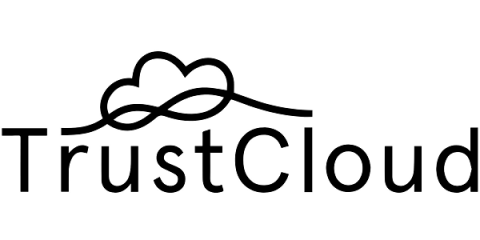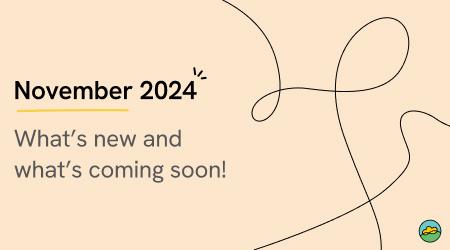Managing Customer Assurance: Insights to streamline security reviews and build trust
With rising security threats and more customers demanding transparency around vendors’ security postures, customer assurance has become an important step to building trust. The Ultimate Guide to Managing Customer Assurance and Security Reviews highlights how traditional processes fall short—and why innovative approaches like integrated security portals are the future. Here are the key takeaways.









